What Does this Year’s Drought Mean for Our Community?
On April 28, 2021 the Nevada Irrigation District (NID) Board of Directors declared a drought emergency for their service area. Two weeks later Governor Newson expanded the State’s drought emergency to cover 41 of California’s 58 counties. Nevada County has been categorized within the two most extreme tiers for drought by NOAA.
As water levels drop and temperatures rise, we need to come together to conserve our limited water resources. Being water-wise during drought is crucial. NID is asking that residents voluntarily conserve 10 percent of their water to avoid mandatory water restrictions later. Read on to find out what drought means for the Yuba.
Sierra Snowpack
The Sierra Nevada snowpack contributes one-third of California’s water supply and serves as late season water storage, often melting well into our dry, Mediterranean summer. This year, statewide snowpack is at 59 percent of average as of April 1, which means 2021 is a critically dry year. According to California’s Department of Water Resources, it is the third driest year on record.
The effects are visible. New Bullards Bar was lower last week than any of the 2012-2016 drought. The peak water occurred on April 17. The image to the right was taken over Memorial Day weekend.
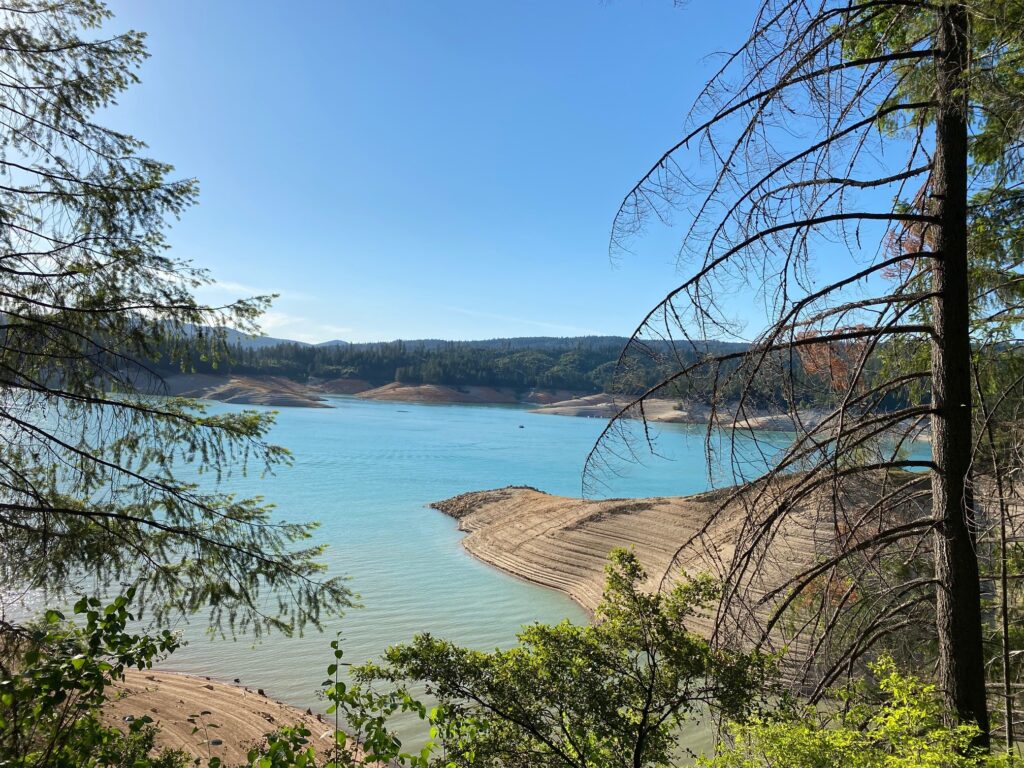
Water Quality in the Yuba
Drought also impacts the Yuba. Water levels are dropping. Below is a comparison between the current flow data and the historic flow data by CDEC at the Highway 49 Bridge Crossing over the South Yuba. We are below the average and the minimum flow maintained at this site in years past.
What are the impacts of low water?
- Less water means that agricultural runoff will be more concentrated (if the volume of input remains the same).
- Warmer waters and increased nutrients from agricultural runoff promote algal blooms, some of which can be toxic.
- Warmer waters favor bacteria like E. coli, offering them a more hospitable environment in which to reproduce.
- Warmer waters make fish diseases more transmittable.
- Warmer waters hold less oxygen, which creates greater stress for our cold water fish like trout.
The takeaway: We need to be extra vigilant about caring for our river during a drought (like picking up after your pets and wearing reef safe sunscreen).

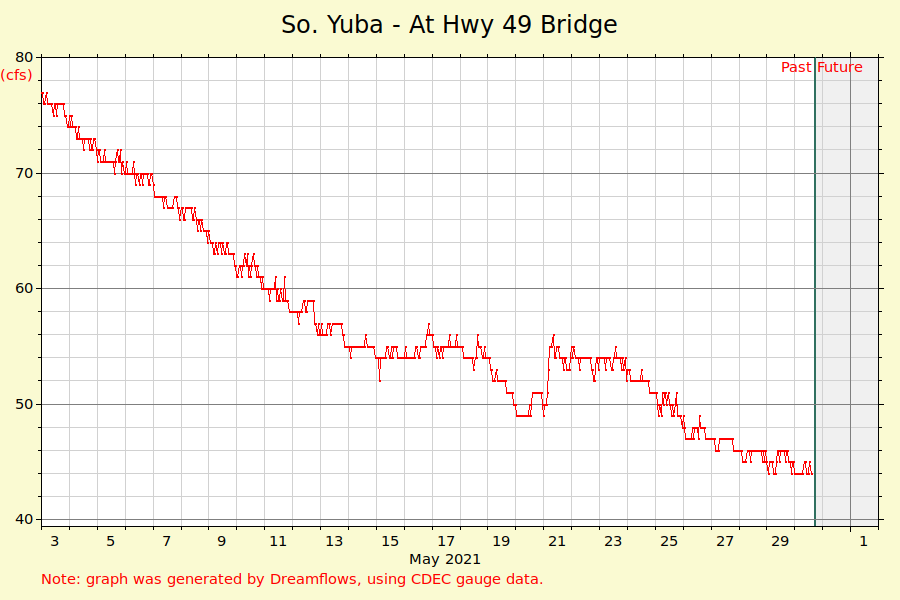
Minimum flow levels are defined as the legal minimum required amount of water that a dam owner must release (for example, if the minimum flow requirement is 500 CFS but there are diversions of 200 CFS, the dam operate must release 700 CFS). Minimum flows are the minimum amount of water needed to sustain healthy ecosystem functions (though scientists debate whether these flows truly support healthy ecosystem functions).
How does Nevada County compare to the rest of California?
Nevada County is shown as being in extreme drought, as depicted in the diagram provided by NOAA/NWS/NCEP/CPC below. Many Californians downstream of us are in exceptional drought and will be experiencing more extreme impacts.
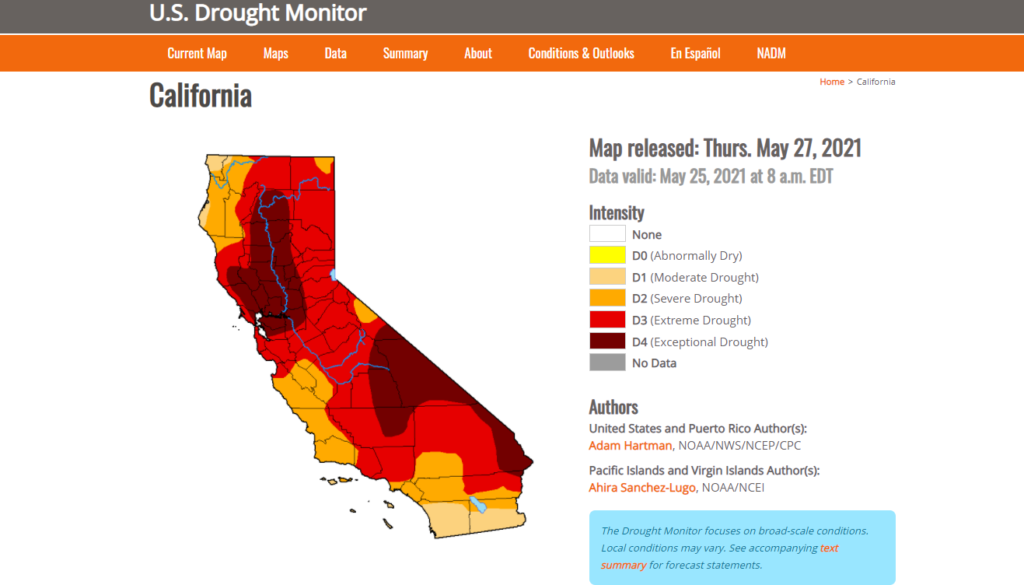
How You Can Help
You can help by conserving water at home. While the NID is asking for voluntary consumption reductions now, this may not be the case later in the summer.
We gathered our water-wise tips below as part of our greater water conservation work. SYRCL has been presenting to schools about the importance of conserving water via our Great Water Mystery Assembly program, which targets 1st through 6th graders (click here for more details). We hope that by educating students, we can reach more households and share this important information.
There are numerous ways to conserve water. Here are a few:
- Check toilets, faucets and pipes for leaks.
- Insulate your water pipes. You’ll get hot water faster plus avoid wasting water while it heats up.
- Never put water down the drain when there may be another use for it such as watering a plant or garden, or cleaning.
- Store drinking water in the refrigerator rather than letting the tap run every time you want a cool glass of water.
- Do not use running water to thaw meat or other frozen foods. Defrost food overnight in the refrigerator or by using the defrost setting on your microwave.
- Install water-saving shower heads and low-flow faucet aerators.
- Put plastic bottles or float booster in your toilet tank.
- Turn off the shower after soaping up, then turn it back on to rinse.
- Turn off the water after you wet your toothbrush and rinse your razor in the sink.
- If it’s yellow, let it mellow.
- When washing dishes by hand, don’t leave the water running for rinsing.
- Put a layer of mulch around trees and plant drought-resistant lawns, shrubs and plants.
- Water during the early parts of the day to avoid evaporation.
- Avoid over-watering plants and shrubs, as this can actually diminish plant health and cause yellowing of the leaves.
Did you enjoy this post?
Get new SYRCL articles delivered to your inbox by subscribing to our ENews.


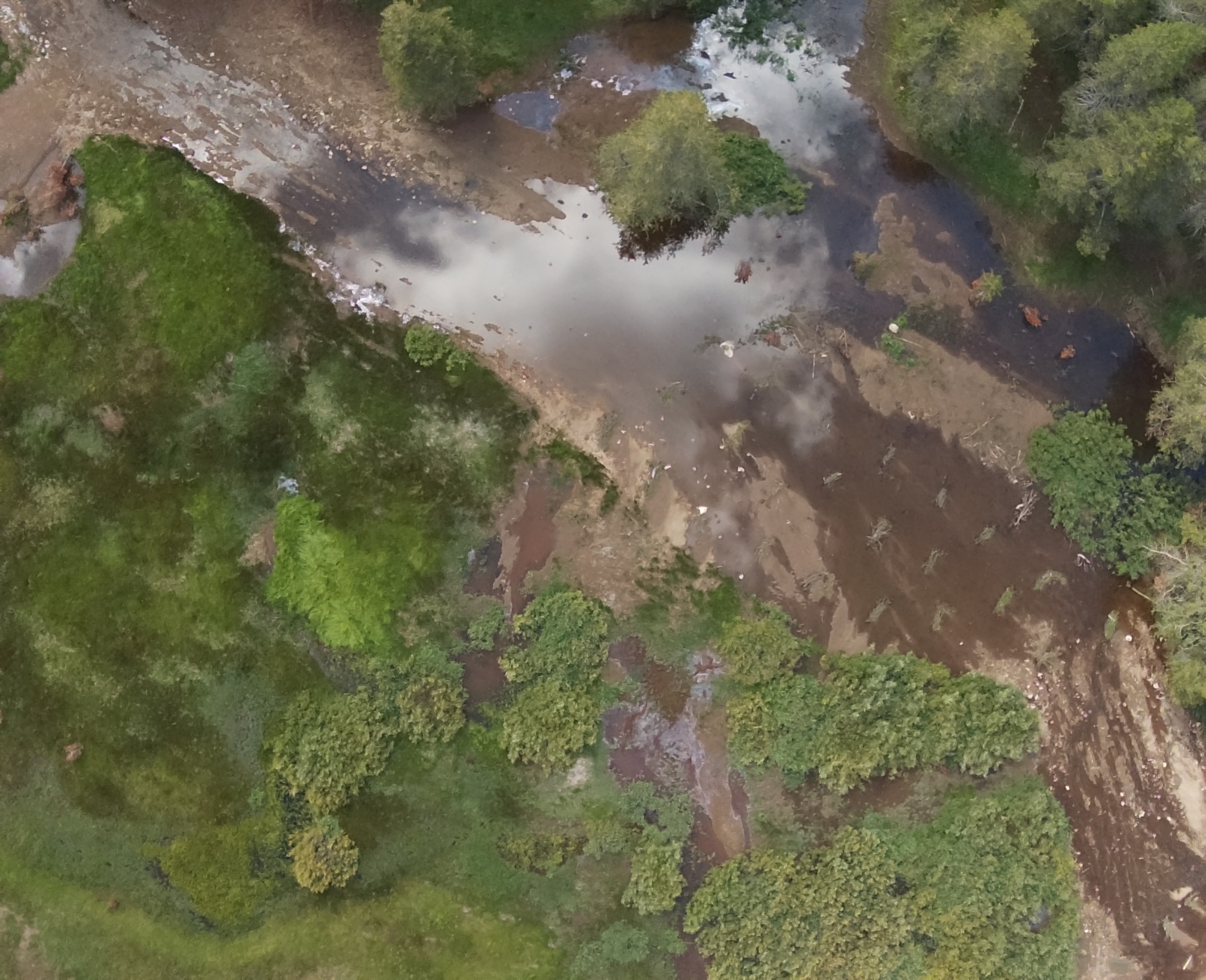
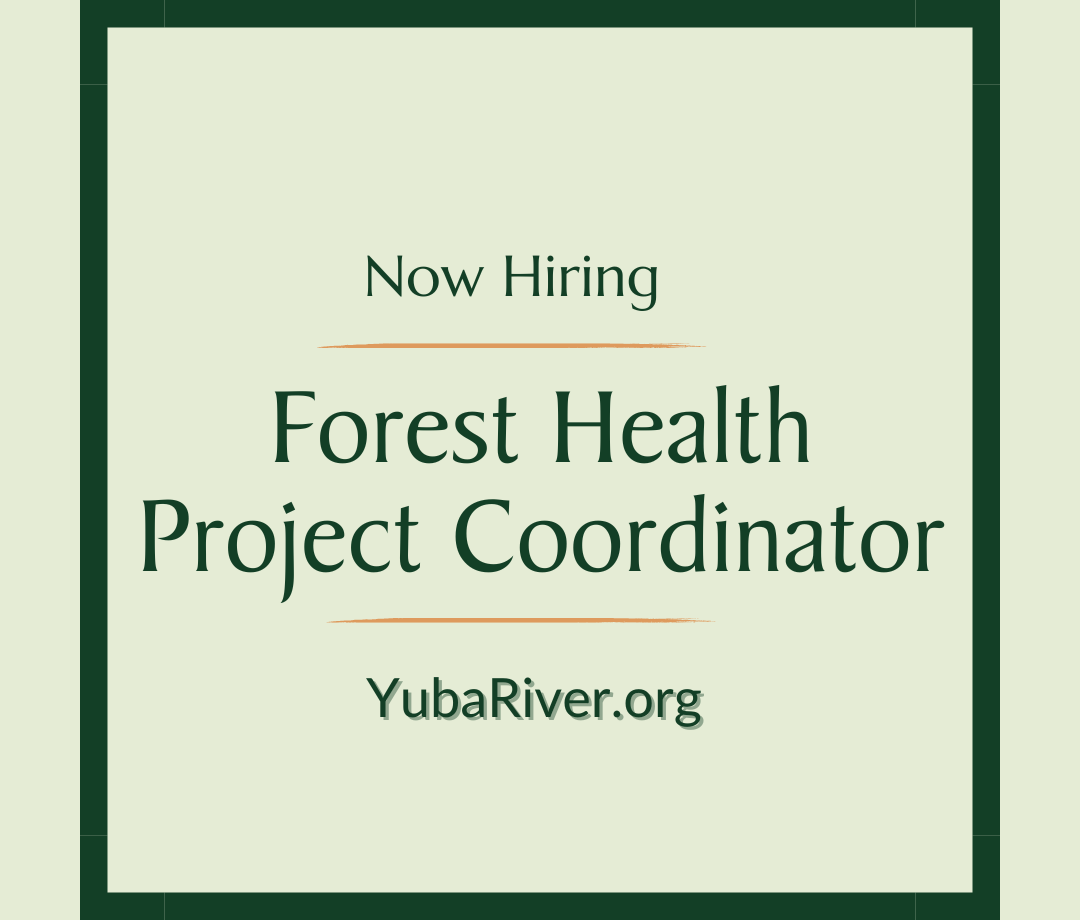
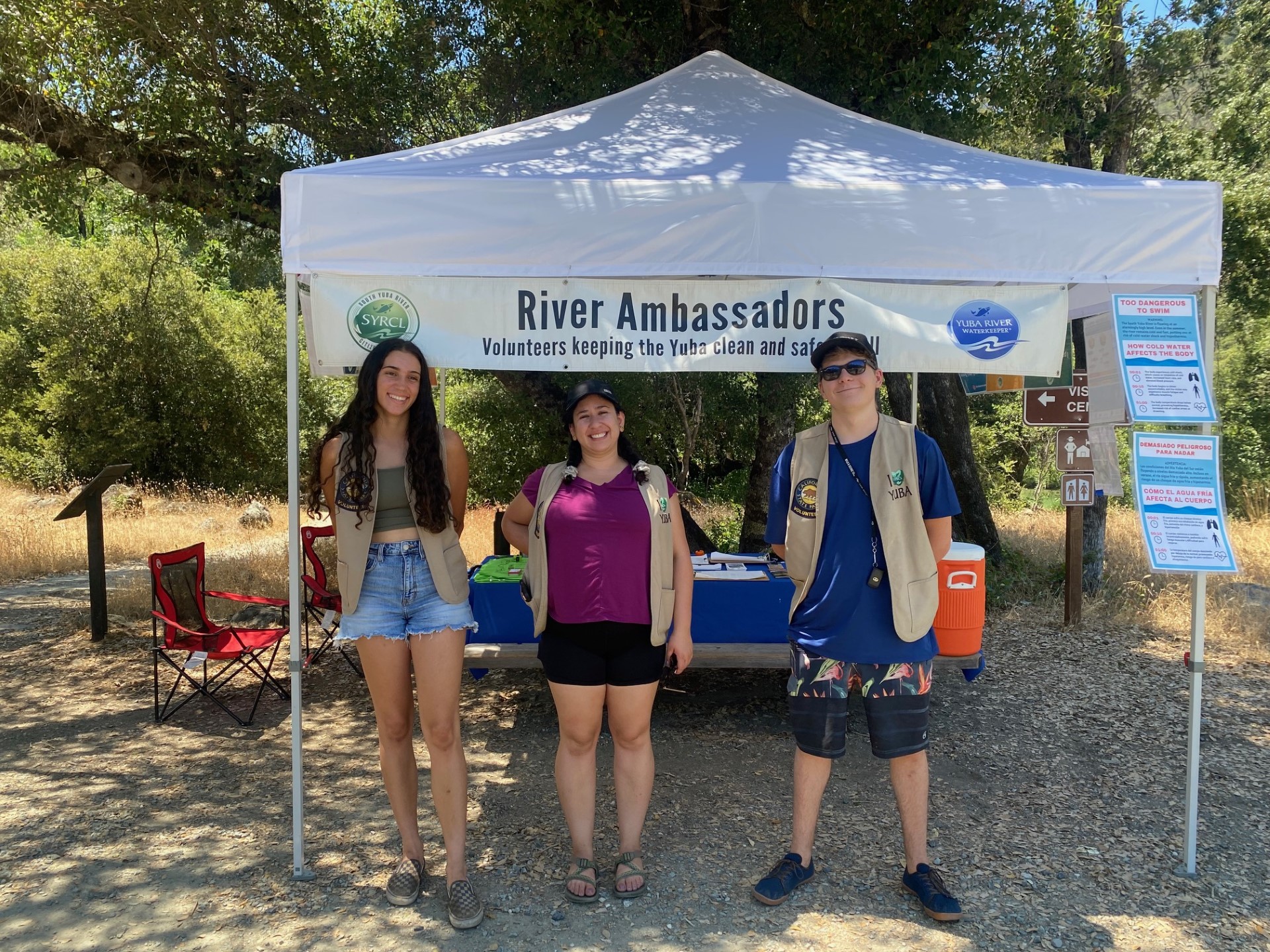
Thank you for writing this article. We here are Sustainable Energy Group – SEG Solar in Grass Valley want to help share this information with our large local network and help educate techniques to conserve our water and help our rivers.
Please reach out to us so we can collaborate on sharing this.
I sent an email through your website and below my name is how we can connect as well.
Thank you for all you do!
In kindness and appreciation,
Harry at SEG
https://www.sustainableenergygroup.com
530-273-4422